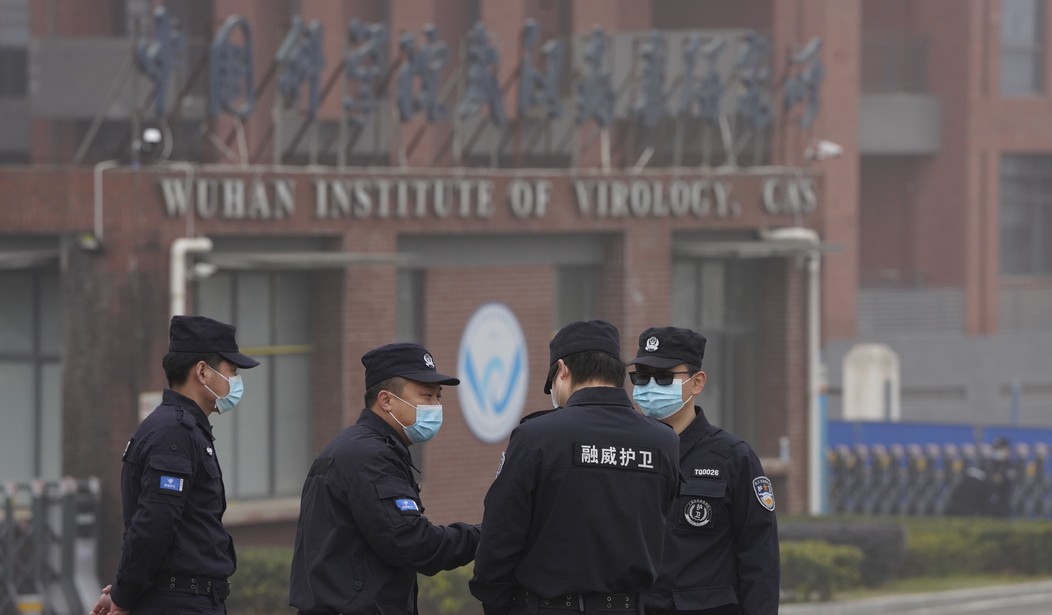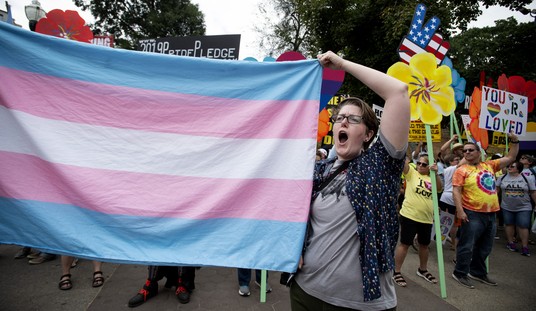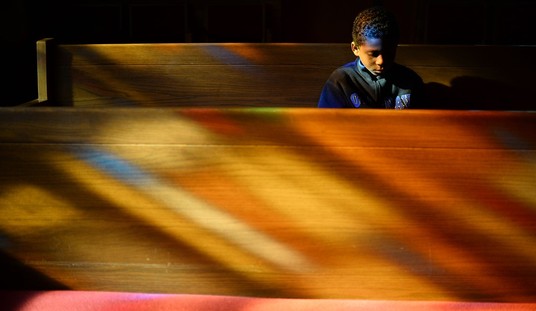This is an interesting find though it’s not clear how significant it is yet. A Chinese virologist submitted a complete genetic sequence for the coronavirus to a US database two weeks before China turned over a nearly identical sequence to the world. At the time, no one recognized the significance of the submission and it was deleted because some technical information was not included in the submission.
The sequence was submitted by Dr. Lili Ren, an accomplished virologist at the Institute of Pathogen Biology of Chinese Academy of Medical Sciences in Beijing, China, which has ties to the Chinese Communist Party (CCP) and People’s Liberation Army. She is also a current subgrantee of non-profit EcoHealth Alliance on the same National Institute of Allergy and Infectious Disease (NIAID) grant as the Wuhan Institute of Virology (WIV), which has been debarred from receiving NIH grants for ten years for failing to provide laboratory records requested by NIH and for conducting research that “did lead or could lead to health issues or other unacceptable outcomes.”
Dr. Ren’s submission was missing some of the technical (not scientific) information required for publication on GenBank. She was notified by NIH staff on December 31, 2019, that her submission would be deleted without the additional information.
Why does this matter? At a minimum it shows that China’s very vocal insistence that it shared all of the information it had as soon as it had it was not true. This analysis of the newly revealed genetic submission by virologist Jesse Bloom sets up the backstory:
The Chinese government’s official timeline states that a pneumonia of unknown cause was first detected in late Dec-2019, and that a new coronavirus was identified as the causative agent on Jan-7 or Jan-8-2020. The first alert about a pneumonia of unknown cause was posted on ProMED on Dec-30-2019. On Dec-31-2019, the Wuhan Municipal Health Commission issued a statement saying there were 27 cases of pneumonia of unknown cause with no obvious human-to-human transmission, and efforts to identify the pathogen were being undertaken by organizations including the Chinese Academy of Sciences and the Wuhan Institute of Virology. Follow-up statements on Jan-3 and Jan-5-2020 continued to refer to a pneumonia of unknown cause with no apparent human-to-human transmission, and said that efforts to identify the pathogen were still in progress. On Jan-9-2020, the Chinese government told the WHO that the outbreak was caused by a novel coronavirus, although no sequence of the virus was made public at that time. It was not until Jan-11-2020 that a sequence of SARS-CoV-2 was publicly released…
However, there have been claims that SARS-CoV-2 was sequenced in China even before the first alerts about a pneumonia of unknown cause on Dec-30 and Dec-31-2019. In deleted but archived blog and social media posts, a scientist at a Chinese commercial sequencing company said that by Dec-27-2019 she had identified a novel SARS-like coronavirus in a sample sent for analysis by a Wuhan hospital. A news article claims that other commercial sequencing companies also sequenced the virus in late Dec-2019 from samples provided by Wuhan hospitals, with results from one of these companies spurring the Chinese whistleblower and doctor Li Wenliang to post warnings about a SARS outbreak in Wuhan on Dec-30-2019. However, no SARS-CoV-2 sequences verified to be from Dec-2019 sequencing by any commercial sequencing companies have surfaced publicly (the sequencing date of Antarctic soil samples contaminated with SARS-CoV-2 reads remains unclear), and in early 2020 the Chinese government ordered commercial sequencing companies to destroy all samples.
Recently, documents were released showing that scientists affiliated with the Institute of Pathogen Biology of the Chinese Academy of Sciences submitted a SARS-CoV-2 sequence to Genbank on Dec-28-2019. This submission contains what is now the first SARS-CoV-2 sequence publicly known to have been obtained.
To sum that up, China claimed it was working to identify the virus and finally turned over a sequence to the rest of the world on Jan. 11. But there have been hints that it may have already been sequenced (more than once) in late December. What has been lacking is proof. So what this submission gives us is proof that a sequence had been done two full weeks earlier. And that adds credence to the claims that other sequences of the virus were done even before that. So here’s Bloom’s conclusion.
The sequence in the Dec-28-2019 submission provides no new insights into the origins or early spread of SARS-CoV-2 in Wuhan, since it is identical to a sequence that was later publicly released, and appears to represent a derived variant of Pango clade B. However, the fact that the sequence was submitted to Genbank on Dec-28-2019 by researchers affiliated with the Chinese Academy of Medical Sciences and the National Health Commission clearly falsifies the Chinese government’s claim that the causative agent of the Wuhan pneumonia outbreak had still not been identified near the end of the first week of January 2020.
Why would China lie and delay the release of information it clearly had weeks earlier? Your guess is as good as mine. But if we needed any more reason to distrust China’s account of the early days of the pandemic, this should provide it.
True to form, Dr. Kristian Andersen was quoted by CNN downplaying this.
The documents should be read in the context of hindsight, says Dr. Kristian Andersen, an evolutionary biologist and director of infectious disease genomics at the Translational Institute.
“In late 2019, nobody knew that a pandemic would later ensue,” he wrote in an email. “This is a really critical part that most people seem to forget – nobody knew back then that a never-before-seen coronavirus only distantly related to SARS-CoV-1 was causing ‘mysterious’ illnesses in patients associated with a wet market in the middle of Wuhan, which would later spark a devastating pandemic.
“Should the sequence have been released at the time and [marked] as preliminary data? Sure, that would have been great, and is a good example of where we could hope to do better in the future,” he said. “Whoever reviewed the sequence at NCBI over the holiday period in 2019 would have no way of connecting this sequence to a ‘mysterious’ illness in Wuhan – because it was yet to be reported.”
In case you’ve forgotten, Andersen was one of the scientists convened by Dr. Anthony Fauci to officially dismiss the lab leak theory even though he and others initially speculated that a lab leak might explain some of the features of the virus.
His statement to CNN is accurate from the US side of things. No one at GenBank had any idea what the sequence was when they received it in December, but his statement is not really true for the Chinese scientists who submitted it. They knew it came from a hospital where a number of people had fallen severely ill with an unknown pneumonia. Clearly it was significant enough that Dr. Li tried to sound the alarm. Andersen’s analysis is also not true for the official spokespeople for China who kept claiming for weeks afterwards that they had not yet identified the virus. They had done so, probably several times, and they sat on it. But the outright lying by China doesn’t seem to bother Dr. Andersen much which, from what I know about him, doesn’t surprise me at all.







Join the conversation as a VIP Member